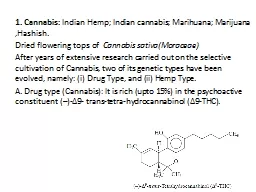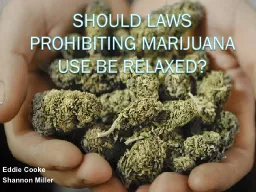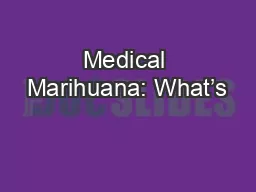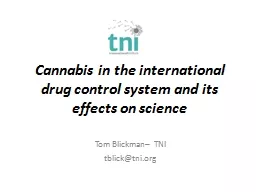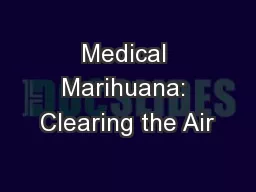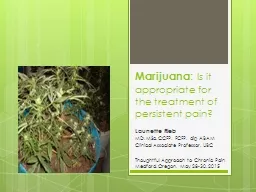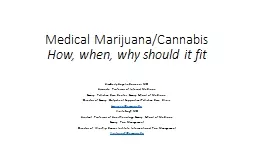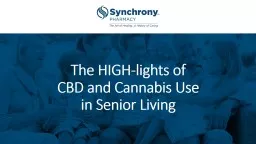PPT-1. Cannabis : Indian Hemp; Indian cannabis; Marihuana; Marijuana
Author : chipaudi | Published Date : 2020-08-05
Hashish Dried flowering tops of Cannabis sativa Moraceae After years of extensive research carried out on the selective cultivation of Cannabis two of its
Presentation Embed Code
Download Presentation
Download Presentation The PPT/PDF document "1. Cannabis : Indian Hemp; Indian cann..." is the property of its rightful owner. Permission is granted to download and print the materials on this website for personal, non-commercial use only, and to display it on your personal computer provided you do not modify the materials and that you retain all copyright notices contained in the materials. By downloading content from our website, you accept the terms of this agreement.
1. Cannabis : Indian Hemp; Indian cannabis; Marihuana; Marijuana: Transcript
Download Rules Of Document
"1. Cannabis : Indian Hemp; Indian cannabis; Marihuana; Marijuana"The content belongs to its owner. You may download and print it for personal use, without modification, and keep all copyright notices. By downloading, you agree to these terms.
Related Documents

